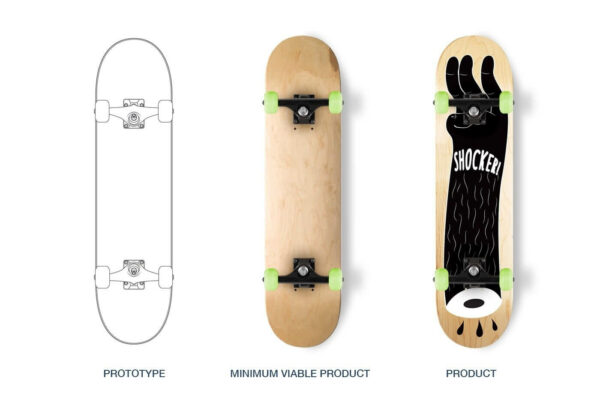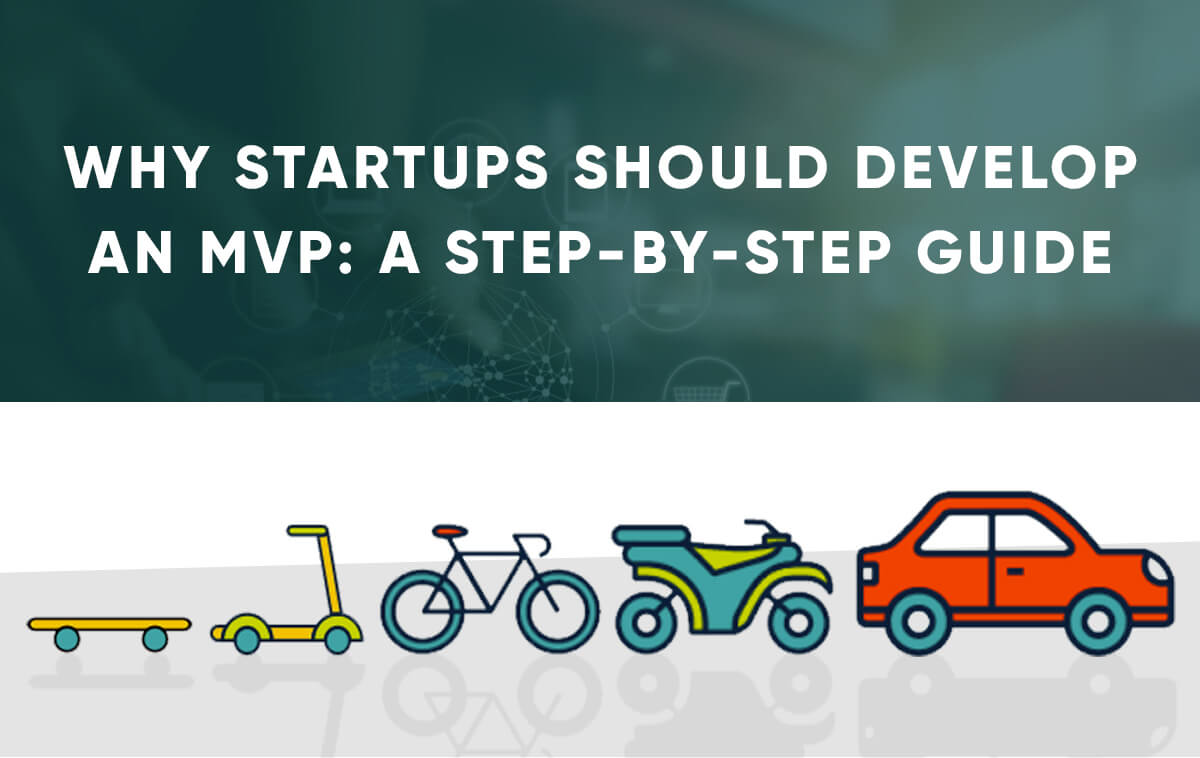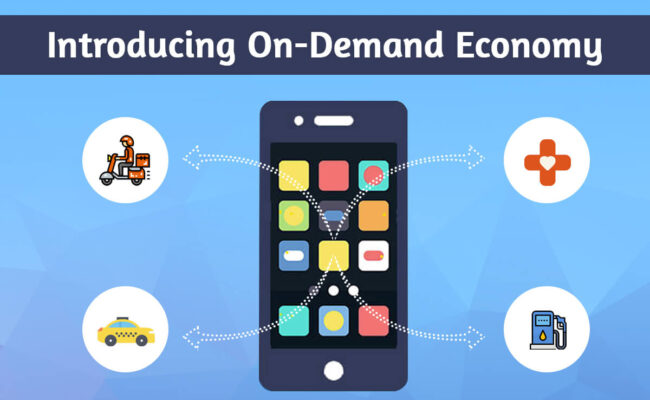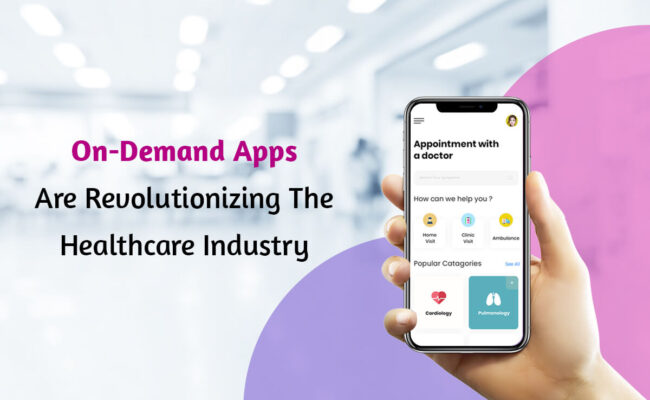Have you ever invested time in the initial idea approval while starting up a business or launching a new product? If yes, then an MVP is the right solution for you. A minimum viable product (MVP) will not only help you in validating your idea but also allow you to understand your customer’s requirements. In this article, we are going to discuss a step-by-step guide on why startups should develop an MVP.
What is an MVP?
An MVP stands for “Minimum Viable Product”. It is a process where a new product is developed with core functionalities, to test how the target audience would respond. After feedback is received from the early adopters, the final product is developed with a full set of features.
Minimum Viable Product development plays an important role in web development and design. In a mobile app development MVP is a basic version of an application that helps in testing, designing, and delivering the final product. Some businesses have pitfalls while trying to launch a minimum viable product for a mobile app or a web. That is why it is important to know the build process of an MVP.
The objective of an MVP
An MVP objective is to launch a product quickly, based on your idea, with a small amount. It allows you to collect user’s feedback for the primary product and include it in future iterations. With MVP, one can find the right audience, pull the ideas based on experience, and save time.
Building an MVP implies finding the right balance between what your commercial enterprise is providing to users, and what customers genuinely need. The purpose of the MVP is to test the concept by minimizing errors. An MVP helps in accumulating maximum quality feedback, by targeting specific groups, or types of users.
Business Benefits of MVP Product Development
-
Focus on building the core
An MVP app focuses on one core feature, and it does not include any other function.
-
Early testing opportunity
It gives you an opportunity to find out from the beginning of your idea will work without investing your whole budget.
-
Gathering feedback
The MVP approach allows you to collect user’s feedback for the primary product and include it in future iterations.
-
Allow Market acceptance
An MVP helps you to understand whether your app is right for your target market.
-
Less development time
Takes less time to develop your app means lower development costs. The faster your mobile app is launched to users, the faster you will receive feedback and work on the improvement of your app, and release an updated version quickly.
-
Budget-friendly
An MVP helps you to launch and promote on a smaller and defined market, helpful for research and adoption testing. This is Cost-efficient as compared to a larger full phase app launch which is costlier and riskier.
Why do you need to build MVP for startups
According to a report, 29% of startups fail as they run out of cash. Startups that escalate properly grow 20 times faster than those that scale prematurely. These stats clearly show the need to build an MVP. MVPs also let startups understand the direction to take by making them realize the problems, and coming up with efficient and effective solutions.
How to Build a Mobile App Development MVP?

MVP is divided into two predominant parts. The first part refers to business and marketing due to the fact of the MVP, you are now able to launch a survey to find those best marketing approaches and the advertising platforms that could be used for the advancement of your product.
The second part refers to the technical aspect. Through an MVP, you will be able to execute essential programming and designing features, which, in turn, will assist you to make your app unique.
Steps to building an MVP
To create an MVP app you ought to spark the emotion into your users – that triggers them to buy your idea. Here are some secrets to follow on how to build an MVP app:
Market Research
Market research is an initial stage that enables you to identify how your idea matches the market needs.
Find the Niche
Why would anyone desire to use your product? What hassle does your product solve? Why would I use the product instead of another company’s product? These answers to the questions will help you create value for your customer base.
Define user flow
Design the app in a way that is appropriate for users. You need to look at the app from the user’s perspective, starting from opening the app to the closing process, such as making a purchase or delivery.
List the project features
Prioritize the app features first: high priority, medium priority, and low priority. What value does your product provide to its users? When you have organized all the features, you can define their scope for the first version of the product, and move to build an MVP.
Build your MVP
While creating your MPV keep in mind that a prototype is not lower quality than a final product, and still needs to fulfill your customer’s needs. Therefore, it must be easy to use, engaging, and suitable for your users.
Companies that successfully launched MVPs
Here are a few notable companies that launched MVP app successfully
- Uber
- Zappos
- DropBox
Conclusion
For your startup, MVP mobile app is a great tool to validate your ideas and quickly take a look at the risks involved with the least amount of time and money. You simply need is to formulate your business hypothesis, identify key functions and choose a good mobile app development company in New York for your project.







[…] Also Read – Why Startups Should Develop An MVP: A Step-By-Step Guide […]
Thats pretty cool! I look forward to reading more of your posts.
I think this is one of the most vital info for me. And im glad reading your article. But wanna remark on few general things, The website style is ideal, the articles is really great : D. Good job, cheers
Hi, Really good post note. God bless, cure, invention You writers
I will tell that youre very knowlegeable. Im launching an internet site soon, together with your information can be very helpful for myself.. Thanks for your help and also wishing everyone the achievement in your business.
Took some time to go through all the comments, but I really did get something out of reading the post. It proved to become incredibly valuable to me and, I am sure. to everyone posting comments! It’s not often that you can be informed, and also entertained at the same time. I am certain you also got something out of writing this article.
I am not really sure if the greatest procedures have emerged around things like that, but I am sure that your good job is clearly identified. I was thinking if you offer any subscription to your RSS feeds as I would be very interested but I can’t find any link to join here.
Wow! you have clear all points very clearly.
Thanks for sharing this blog..
This was really an attention-grabbing topic, I am very lucky to be able to come to your blog and Ill bookmark this web page so that I might come back another time.
I really enjoy this template youve got going on in your website. What is the name of the design by the way? I was thinking of using this style for the internet site I am going to build for my class room project.
I am really enjoying the theme/design of your web
site. Do you ever run into any web browser compatibility problems?
A number of my blog
readers have complained about my site not
operating correctly in Explorer but looks great in Safari.
Do you have any ideas to help fix this problem?
It’s an awesome paragraph for all the online visitors; they will get advantage from it I am sure.
I have discovered great posts right here.
I enjoy the method you create. So perfect!